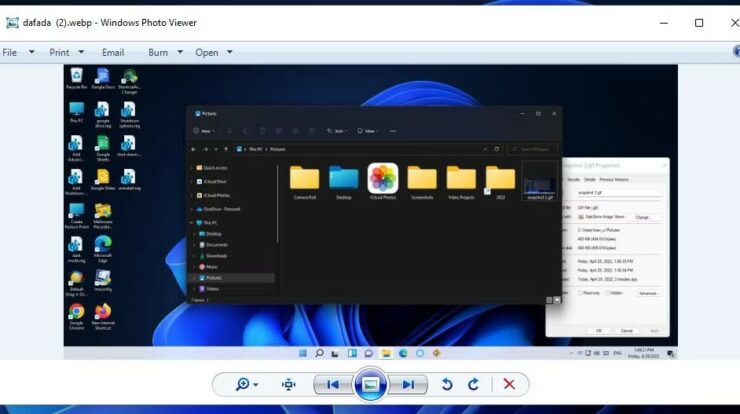
There are several core custom software development stages you should absolutely know and closely follow. The SDLC, or software development life cycle, divides the process of building custom software into several comprehensive stages. As an experienced software programmer, it is important to familiarize yourself with each of these stages in order to streamline development and create high-quality digital products. Of course, the specific steps of your software programming lifecycle will vary based on your project goals, specifications, and team structure. Some teams use a five stage approach to the SDLC, whereas other teams follow seven or eight steps. To help you get started, read on to learn about the core custom software development stages you should carefully follow.
Analysis
The very first phase of custom software development is requirements gathering and analysis. The analysis phase is when you break down the specific project deliverables and business requirements. This way, you can determine the overall project direction and accurately prepare strategy documents. During this phase, you will likely brainstorm functionality, allocate the required resources, create functional and technical specifications. By following these processes, you can revamp data analysis, flexibility, and preparedness as you enter the SDLC. Simultaneously, the requirements analysis phase helps you to enhance validity, optimize audibility, and save time.
Design
Once requirements analysis is complete, the stage of custom software design begins. Here, you will basically configure the underlying architecture for your software product. During this stage, identify any specific workflows, designs, and toolkits needed to successfully build your application. For example, you may want to utilize rapid development platforms and server databases to help you effectively design your software program. Certainly, this phase of development helps you eliminate possible flaws, forecast architectural layout, and set a benchmark standard. In fact, these techniques often help to keep your software tightly secure. After most of the work to design your custom software is completed, you can move on into the development phase.
Development
Of course, the actual development phase serves as the backbone of your SDLC. The custom development stage is all about writing your source code and converting planned design documentation into a working software product. Here, your team needs ensure that code meets your planned requirements and accommodates stakeholder specifications. Fortunately, there are plenty of reliable tools and resources to help you manage the pipleline. For example, you can use a JFrog Docker registry to automate development, enhance team collaboration, and reliably deploy containers. Simultaneously, these reliable toolkits help you easily distribute Docker images, revamp pipeline security, and gain deeper insights into programming issues.
Testing
Next, you can begin focusing on testing your custom software project. The testing stage analyzes your custom software for any potential errors, bugs, or defects before your program is launched on the market. To run successful software tests, it is important to plan use cases, setup your environment, and gather various requirements. Then, you can begin executing various performance exams on your custom software solution. At a minimum, you should conduct integration, unit, and regression testing on your application. This way, you can prevent catastrophic emergencies, inspire stakeholder confidence, and promote user satisfaction. Moreover, these techniques streamline quality, save you money, and help bolster your reputation. Before you program can be deployed, spend some time planning and implementing software testing.
Maintenance
In the maintenance stage, any required corrections, upgrades, and changes will be made to ensure that your custom software solution continues to operate efficiently. Surely, it is important to regularly update your system from time to time. This way, your application can stay updated, meet company goals, and adapt to future operational needs. In order to conduct successful software maintenance, you need to focus on system user support, program optimization, as well as required changes and adjustments. Following these comprehensive procedures, you can enhance performance, eliminate potential defects, and stay up-to-date with the current trends. In many cases, dependable software maintenance strategies even help you save costs throughout development.
Computer programmers need to carefully follow several core custom software development stages in order to build successful projects. The very first phase of custom software development is requirements gathering and analysis. Once requirements analysis is complete, the stage of custom software design begins. After most of the work to design your custom software is completed, you can move on into the development phase. Next, you can begin focusing on testing your custom software project. In the maintenance stage, any required corrections, upgrades, and changes will be made to ensure that your custom software solution continues to operate efficiently. Follow the points highlighted above to learn about the core custom software development stages you should carefully follow.


